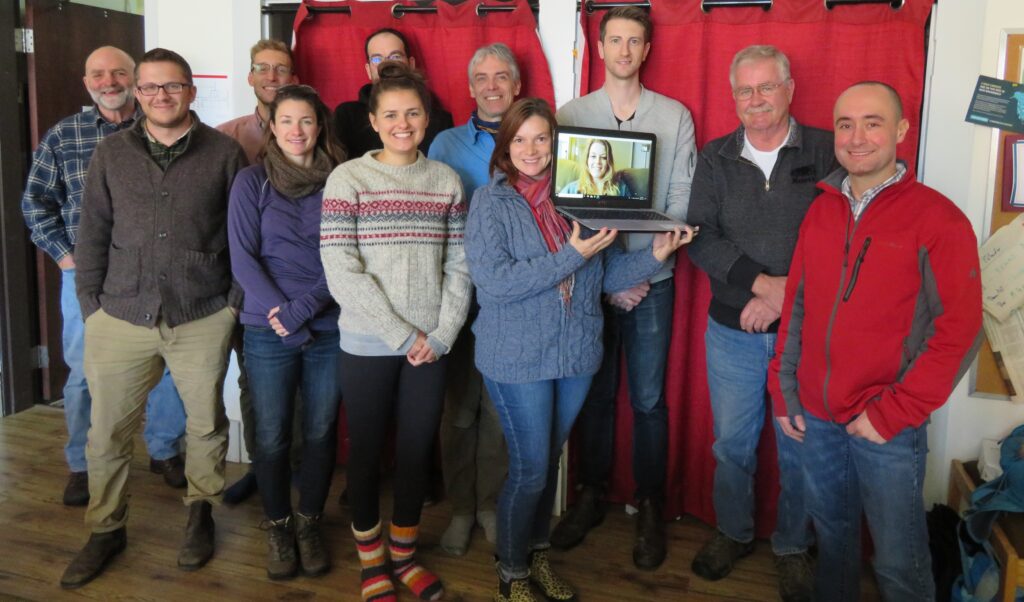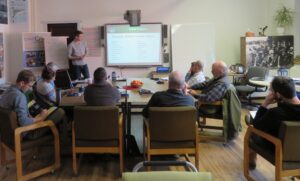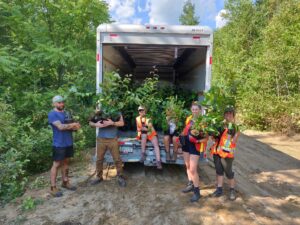These are the faces (and brains) of the people who are shaping the next 10 years of work for the NWAI. Our strategic planning is led by Josh Noseworthy of Global Conservation Solutions using Open Standards for Conservation. We focused on five biodiversity features, or targets, that we want to conserve in the watershed: floodplain forest, riparian zone, wetlands, Acadian forest and aquatic habitat.

We listed 15 threats to these targets including soil mining, urbanization, unsustainable forestry, the Sisson Mine and aquatic barriers. Threats are the human-induced actions that harm or degrade the targets.

The strategic plan in ongoing work of the organization with more meetings to come in 2020. The final plan will be presented at our 2020 annual meeting.
To learn more about the Open Standards for the Practice of Conservation visit: Open Standards

